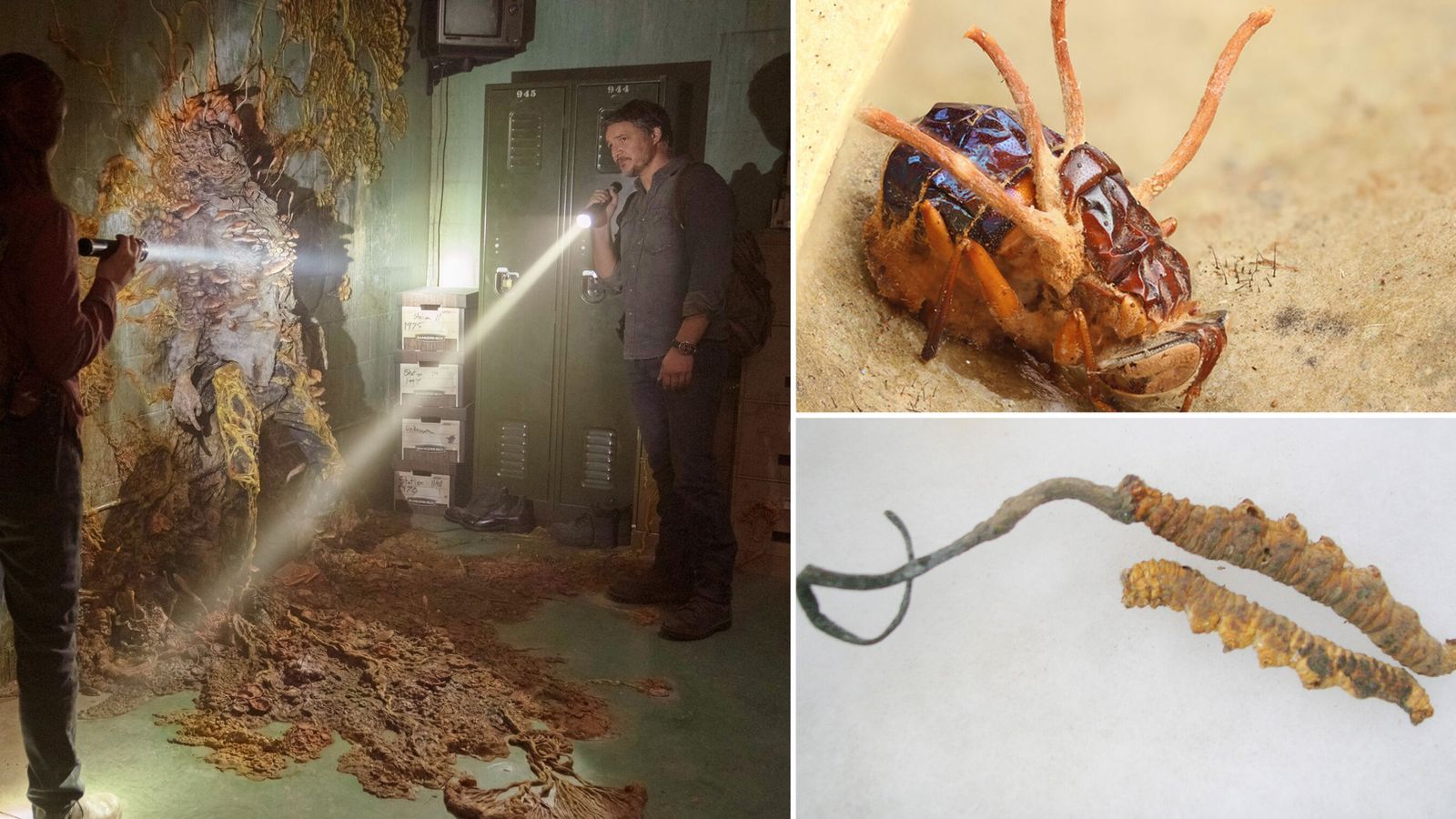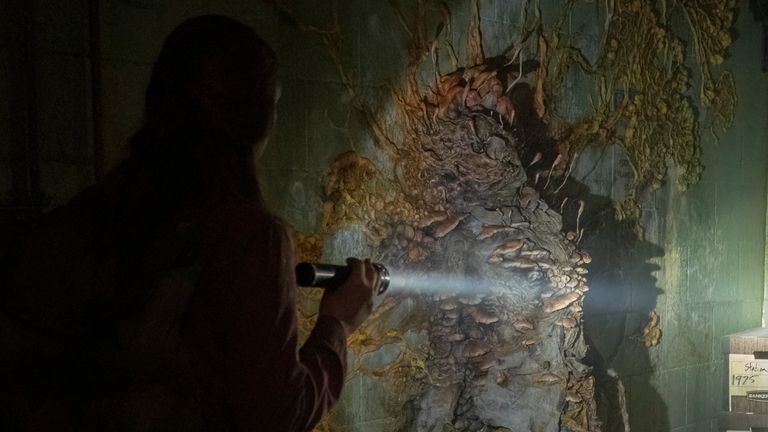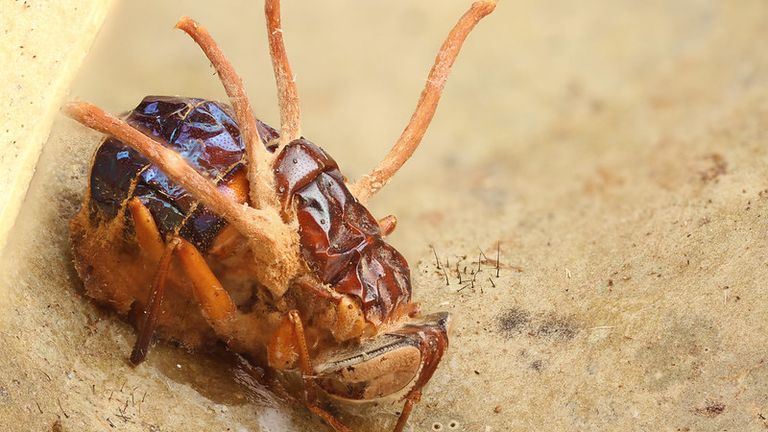Volcon has made history as the first US-built off-road electric fat tire motorcycle. Now the company is making bank too, in the form of an IPO on the Nasdaq under the symbol VLCN.
Volcon Powersports launched seemingly out of nowhere in late 2020, claiming it could build a fancy, funny-looking yet reasonably priced fat tire electric motorcycle named the Volcon Grunt. And they even said they’d do it locally in Texas.
While the naysayers claimed we were looking at vaporware, Volcon actually delivered in less than a year. The first Volcon Grunt fat tire electric motorcycles began shipping last month, less than 11 months after the company unveiled the concept.
Now just a few weeks later Volcon is already going public on the Nasdaq, raising a pile of cash to grow operations.
The company’s IPO priced shares at $5.50, with the value of the in-demand shares jumping to $9.01 at opening on Wednesday.
Pricing fluctuated throughout the day, at one point reaching as high as $15.50. Ultimately trading closed with VLCN priced at $10.86, marking a 97% increase.
Many electric vehicle stocks have proven volatile, and IPOs also traditionally exhibit large swings. But electric two-wheeler companies heading for the Nasdaq has become a popular move, with other major players such as Gogoro planning their own IPOs soon.

What sets Volcon apart largely comes down to two factors: US-based assembly and broader electric powersports ambitions.
The company’s Texas-based assembly lines are now in full-swing after commencing Grunt shipments. The $7,995 electric motorcycle saw a price increase as well as slight spec downgrades, but still offers 40 mph (64 km/h) off-roading adventures for a much lower price than most other electric motorcycles.
But the Grunt is far from the only vehicle that Volcon plans to produce. The Grunt has a little brother coming in the form of the Volcon Runt, a pint-sized version of the Grunt designed for kids and young teenagers.
For older kids (i.e. adults), Volcon has two UTVs in the works, the two-seater Stag and the four-seater Beast.
The Volcon Stag claims a top speed of 70 mph (112 mph), a range of 150 miles (240 km), and a maximum power of 225 horsepower (168 kW).
The larger Beast increases the speed to a claimed maximum of 80 mph (129 km/h), maintains the same range of 150 miles (240 km), but increases the power to 450 hp (336 kW).
The UTVs certainly look impressive and their claimed specs don’t disappoint either. But we’ll hold our judgment until we see actual models on the road and not just computer renderings.

Four-wheeled UTVs are certainly more complicated than two-wheeled electric motorcycles to design and produce, but the off-road nature of the vehicles gives Volcon a leg up.
Regulations are much more lax when vehicles aren’t intended for on-road homologation. Powersports are also one of those pay-to-play industries where the fun doesn’t come cheap. That means customers are accustomed to paying top dollar for gas UTVs, and high-priced electric versions may not seem overly expensive in comparison.
Companies like Polaris are also working on their own electric UTVs, though the cost has yet to be announced.
Volcon stated in late 2020 that it expects to retail the Stag for $14,995 and the Beast for $24,995, though the Grunt was also expected to cost just $5,995 back then, before recently increasing to $7,995. So take those nearly year-old price estimates with a grain of salt.
But with Volcon now flush with cash from their current IPO, those electric UTVs may be closer than we think.
Subscribe to Electrek on YouTube for exclusive videos and subscribe to the podcast.




















